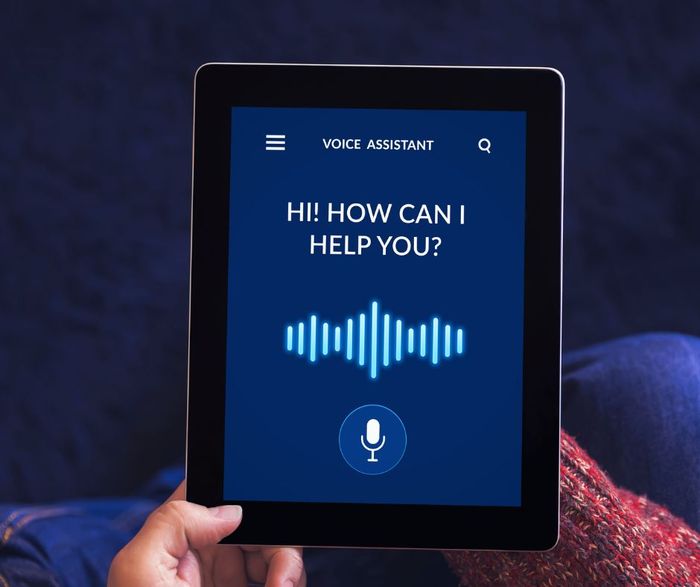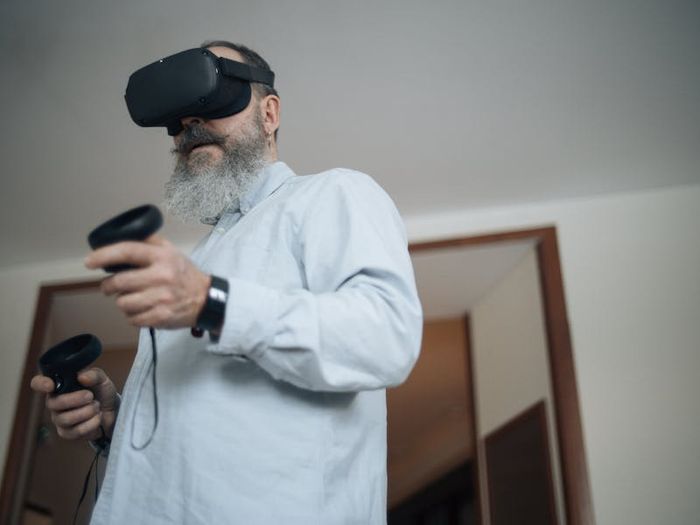Family Caregivers Assuming Another Burden - Becoming Gerontechnology Mentors

We know that most older people hope to age in place or stay put as long as possible in their current homes. However, feelings of loneliness may be unsettling after the death of a spouse or partner or if close friends or neighbors move or pass away. And if chronic health problems and mobility declines raise their ugly head, even just getting out to obtain everyday necessities becomes problematic.
Living independently is further jeopardized when older people need help with bathing, self-care, taking medications, or managing their personal affairs. Add dwelling upkeep and maintenance to their list of burdens if they are homeowners.
When confronted with these stressful circumstances, older people often turn to their adult children or other family members for help. However, families soon recognize how demanding and involved their caregiving job descriptions are. They must become jacks of all trades, functioning as chauffeurs, handypersons, care workers, financial advisors, social counselors, nurses, advocates, and emotional confidants.
Moreover, older people often need assistance on inconvenient days and hours—in the middle of the night, on weekends, during the workday, and on vacations. Addressing their cries for help is especially complicated when they live far away.
The bottom line: caregiving is not for the faint of heart. Reports of caregiver burnout, exhaustion, and poor health are common.
The good news is that family members and their care recipients have new ways of coping with the downsides of getting old. With the growing acceptance of digital and sensor gerontechnology solutions, older people benefit from having a new toolkit of options that make it easier for them to access everyday necessities and to feel more secure in their homes. Family members benefit because they become more informed and responsive caregivers, better able to help their care recipients age in place independently.
However, caregivers must often assume the role of gerontechnology mentors to ensure their older family members can competently and comfortably use these solutions. They must newly become teachers and advisors. These responsibilities come with their own challenges. Families will inevitably have to deal with unfamiliar and uncomfortable questions and decisions. They must feel that the benefits warrant their efforts.
Older Care Recipients Benefit by Connecting with their Outside Worlds
Gerontechnology solutions can enable less physically mobile or active older people to accomplish everyday tasks and activities without traveling to destinations outside their dwellings. Here are examples of how their use of internet-connected smartphones, tablets (iPads), computers, digital personal assistants—and incorporated software and apps make this happen.
Videoconferencing with family members and friends to prevent loneliness
Have merchandise as diverse as canes, groceries, vitamins, and clothing delivered to their doors by E-commerce companies
Get home-delivered pharmacy prescriptions.
Access information and support groups from the Internet.
Monitor and execute financial transactions with banks, brokerages, and credit card accounts.
Schedule and get reminders of healthcare visits and to take medicines.
Conduct online telehealth video sessions with doctors or mental health counselors.
Access doctor/clinic portals to learn lab test results.
Access podcasts offering entertainment, information, and healthcare advice.
Family Caregivers Benefit from New Monitoring and Alert Abilities
Family caregivers also directly benefit from these gerontechnology solutions. They can more effectively monitor and respond to unusual or out-of-character behaviors of their loved ones that endanger their health, security, or mental well-being. Here are examples:
When they fall, have self-care difficulties, or display uncharacteristic inside-the-home activities (e.g., staying in bed all day, not opening their refrigerators), sensors such as motion detectors (nix video cameras) installed throughout their dwellings alert family members and service providers that something is wrong and requires corrective actions.
Wearable sensors (in smartwatches, rings, portable medical devices) detect and communicate to family members and service providers that health issues require attention.
Digital communications alert family caregivers that older care recipients have missed medical appointments or have unfilled pharmacy prescriptions.
An unexpected money withdrawal from a bank or brokerage account (monitored by a caregiver) signals a financial scam underway.
Looping into an older family member's telehealth physician session offers new, actionable medical insights.
Demanding New Mentoring Responsibilities but Also Peace of Mind
To help older care recipients realize these benefits, family caregivers must get these tech solutions up and running to alleviate care recipients' usability concerns. They can expect a barrage of questions regarding the operation of these smartphones, tablets, and wearable devices, including how to install and access relevant apps. They want to understand how their dwelling's or wearable's sensors work.
Caregivers must become comfortable relying on this technology's monitoring and communication capabilities. They must be willing to become more proactive—intervening when they detect unusual or unsafe behaviors. At the same time, they cannot anguish about false alarms.
They must admit to having selfish motives for becoming mentors. These solutions can help reduce the stress of their caregiving duties and ongoing fears that they are not doing enough. They may also reduce the frequency of their on-site visits. Less travel will give them more breaks or respites from their care duties, enabling them to spend more time with their own family.
Will It All Work Out?
Family caregivers will not automatically react favorably to these tech mentoring responsibilities. Already overstretched, they may be reluctant to take on yet another set of duties. Still others will simply feel they lack the technological skills to be competent mentors.
Successfully implementing these technology solutions will also be more difficult when older care recipients live far away or have severe emotional needs, multiple self-care physical needs, or exhibit difficult-to-manage dementia symptoms. These tech solutions may fall short when older people require hands-on, round-the-clock assistance.
There will be other issues. Some caregivers will be uncomfortable monitoring the actions of their loved ones. They will feel guilty about their "big brother" intrusiveness. They will wrestle with their own guilt that they are interfering meddlers threatening their autonomy.
It will not help, of course, when naysayers accuse them of being "helicopter caregivers." As Susan Williams explains, these are family members who are "overcontrolling, overprotecting, and overperfecting with zero tolerance for any type of risk."
Caregivers must also deal with their older family members' concerns that these technological solutions are assaults on their private lives. Those needing care are sometimes reluctant to broadcast their vulnerabilities, even to those emotionally close to them. They are wary about giving up individual rights and the control of their homes. Others will suspect that these gerontechnology solutions—and the problems they reveal—are merely a way for family members to justify transitioning them to a long-term facility where they can get more care.
Resolving these concerns will take time and energy. Family caregivers and older people must have difficult discussions. Patience will be essential to achieve a meeting of the minds.
But One Step Forward
Family caregivers becoming technological mentors is another strategy by which they can help their older loved ones age in place comfortably and competently.
Despite facing many obstacles and criticisms, their involvement means that they actually care.
Related content





